With a week to go in the midterm election, eyes are on the most populous county in Nevada (and Democrat-favoring): Clark. The Nevada Senate seat is fiercely contested, in what I have dubbed “the wild card” in the nation. Nevada’s Republicans are vying to oust Democrats in nearly every state-wide seat.
There are many ways to view voter turnout and forecast outcomes, but this election is simply different. We have never had universal mail balloting in a midterm election, voter turnout appears lower than the 2018 midterm (“appears” because we can’t know what’s in the mail processing) and, there is a very unpopular president in the White House.

Barack Obama came to Vegas on Tuesday, filling a high school gymnasium beyond capacity as John Legend sang from a piano. But, Obama’s midterm election was… what is known as “a bloodbath.”
Susie Lee gave an interesting performance.
When the 🍷kicks in https://t.co/DY8w1ey1Yq pic.twitter.com/NUHuv5GxOp
— Jeremy Hughes (@jeremybhughes) November 2, 2022
But what do the numbers say? Over the weekend, local pundits decided this election is most similar to 2018 and went from spelling doom for Democrats to being optimistic for them — while other pundits declared a path to victory for Republicans. There is no consensus, and the tides change daily. It’s a roller coaster in Nevada, and depending on who you ask or what hour of the day it is — the numbers will tell a new fortune.
The main focus is the “Clark County Dem Firewall,” basically D’s have to win big enough in Clark (where Las Vegas is located) to overcome the fact that the rest of the state ain’t going their way — with an exception for Washoe, (second most populous county) which is purple, kind of a “wash” for the partisans. Rural counties make up about 12 percent of the vote. I’ll spare you the math on it.
In 2020, the Clark Dem firewall was just under 98k votes, plus 10 points, per the Secretary of State’s data.
- Biden would win Nevada by about 33,500 votes or 2.4 percent.
- That means Dems lost their Clark lead by 64,500 and 7.6 percent.
Tuesday, the Democrats boasted a 25,000 vote firewall, just below nine percent, with a statewide advantage (so far) of 3.1 percent or 12,500 ballots. If The Nevada Independent’s projection that this accounts for 40 percent of the total ballots to be cast is correct, that estimates a future firewall at 62,500… if all ratios remain the same.
But, since we are all calling it “not 2020,” we need to look through another lens.
- In 2018, Adam Laxalt (R) was running for Governor against now-incumbent Steve Sisolak (D). Laxalt is now in the Senate race with incumbent Democrat Catherine Cortez Masto.
- The Clark Firewall was 71,366 and about 11 points.
- Laxalt won the rurals by 39 points but lost to Sisolak overall by about 39,700, a margin of 4 points.
- Sisolak only won Clark and Washoe. In Washoe, Sisolak won with a 4,500 vote lead of about 179,000 ballots cast, a 2.5 percent margin. Again, it’s a “wash” compared to Clark’s numbers.
- In all, the Democrat lost seven points statewide.
So, using the last two general elections, we saw that Democrats lost 7 to 7.5 points and still pull out wins.
Interestingly, voter turnout for the “majority” parties (not really, nonpartisans are a larger share than GOP) is still down comparatively, but we didn’t have mail ballots in 2018 so it’s a wonky comparison. Even so, the nonpartisan voters are turning out at 113 percent in early voting week one, compared to 2018 statewide.
Nonpartisans are surpassing the 100 percent mark in multiple populous counties:
- 117 percent in Clark
- 128 percent in Nye
- 104 percent in Washoe
After 1 week of EV, Nevada turnout is down 15.7K compared to 2018. And R turnout is down more than D turnout. Some rural counties are way down too.
But there was no universal mail voting in 2018, so interpreting that data is a guessing game. Two possibilities: pic.twitter.com/0MWzO7qzAB
— Victor Joecks (@VictorJoecks) October 31, 2022
Republican turnout is down 11.5 percent from 2018, while Democrats are down seven percent. Again, it could be chalked up to mail ballots that have not been received, at least in part. Republican voter sentiment has changed in the last four years, so we are dealing with different preferences in what method they use to vote, at the same time.
The Clark Firewall was 71,000 in 2018, and 98,000 in 2020. Democrats are looking at a 62,000-vote firewall this cycle estimated as of Tuesday’s numbers. It was 11 points for the 2018 midterm election and 10 points for the 2020 Presidential election. It’s shy of nine points as of Tuesday. Those numbers just keep ticking down. Meanwhile, the nonpartisan vote is in an upward trajectory.
In 2018, nonpartisans cast 23 percent of all votes and the same percentage in Clark. In 2020, they cast 26 percent of all votes, matching that percentage in Clark. The last numbers from the SOS put them around 19 percent of the total vote, but in the 2018 spreadsheet they are all categorized as “Other,” and now there are two columns, “NPP” and “Other.” “Other” must be the Libertarian Party and the American Independent Party. So, adding the “Other” column is 5.6 percent. Using the 2018 format, the third group is showing up at 24.6 percent of the vote.
Recent polling has independents (NP) breaking for Republicans plus 18 points on a generic congressional ballot, and in the race for Nevada’s Governor, Republican candidate Joe Lombardo put up plus 24 point numbers with independents against Sisolak.
CBS News /YouGov: Generic Congressional Ballot Polling Trends Among 𝐈𝐧𝐝𝐞𝐩𝐞𝐧𝐝𝐞𝐧𝐭𝐬
October 14:
Democrats 40% (D+2)
Republicans 38%October 28:
Republicans 49% (R+16)
Democrats 33%✅ That's 𝟭𝟴-𝗣𝗢𝗜𝗡𝗧 Swing among Independents towards the GOP pic.twitter.com/lQzxSS752e
— InteractivePolls (@IAPolls2022) October 30, 2022
𝐍𝐄𝐖 𝐏𝐎𝐋𝐋: Joe Lombardo holds 𝟲 𝗣𝗢𝗜𝗡𝗧 over Steve Sisolak in Nevada Governor Race
(R) Joe Lombardo 49% (+6)
(D) Steve Sisolak 43%Independents
(R) Joe Lombardo 54% (+24)
(D) Steve Sisolak 30%Insider Advantage | N=500 LV | 10/20https://t.co/qlvHlMSN9Z pic.twitter.com/psZNgbjjP2
— InteractivePolls (@IAPolls2022) October 23, 2022
Conservatively, I give nonpartisans a plus 15 for the Republican ticket.
I’m not a pollster but I do have eyeballs. Here’s the number nobody is talking about in Nevada:
- NP’s voter turnout 113 percent v. 2018
- NP account for nearly 25 percent of ballots cast statewide, using EV week 1 data.
- NP’s breaking plus 15 for GOP, (low-end I’m modeling)
- GOP+ 43,000 NP votes statewide? What firewall?
Raw SOS data EV week 1:
- 295,541 votes statewide
- 66,158 NP total votes
- Plus 15 point model for GOP (65 percent) 43,002 estimated NP counted ballots for GOP statewide, as of Tuesday.
- Dems have a 25,000 vote by registration firewall v. GOP in Clark,
- Dems hold a 12,500 ballot lead statewide.
- Clark Firewall obliterated when modeling NP vote of 43,000 for GOP
- Dems -30,500 votes statewide.
And, looking at a different metric, there were 99,000 Republican ballots cast in the 2018 rurals. Even with an 11.5 percent loss in Republican voter turnout, it would only account for 11,385 votes. Meaning registered Republicans would still cast 87,615 rural ballots even with underperformance in turnout.
Ralston’s 2018 rural vote numbers:
- Laxalt 84,878 (66 percent)
- Sisolak 35,509 (27 percent)
- Other 9,890 (7 percent)
- Total 132,227
- Laxalt plus 39 points
- Margin 51,369
The Dems have a projected 62,000 final vote firewall, on a good day?
That number is 12,500 statewide as of Tuesday with an estimated 43,000 NP ballots already cast in favor of Republicans? If so, we’re up 30,000 votes already. That’s a negative 30,000 Dem firewall statewide headed into the second week of voting.
If 43,000 NP votes going to the GOP is 40 percent of the projected total votes, we should expect 107,500 total “NP for GOP Firewall” votes when it all shakes out.
Of 976,320 total ballots cast in 2018, nonpartisans cast 224,650 ballots. NP’s modeled share of 107,500 going to the GOP would be 11 percent of the statewide vote.
From 2018’s total turnout of NPs, 107,500 is only 47 percent of the total ballots NP cast. Meaning, even if nonpartisans weren’t turning out at 113 percent of what they did in 2018, we would need less than half of those to get to that 107,000 total for the GOP number. Even if they didn’t “break” for the GOP, it’s not a stretch of the imagination to anticipate those votes.
It’s 11 points vanished to the nonpartisan vote. Democrats don’t have an 11-point registration lead coming from Clark right now. They have an almost 9-point lead. Again, what firewall?
Either I’m extremely bad at math… or that’s actually a red wave, but only if Republicans turn out, too.
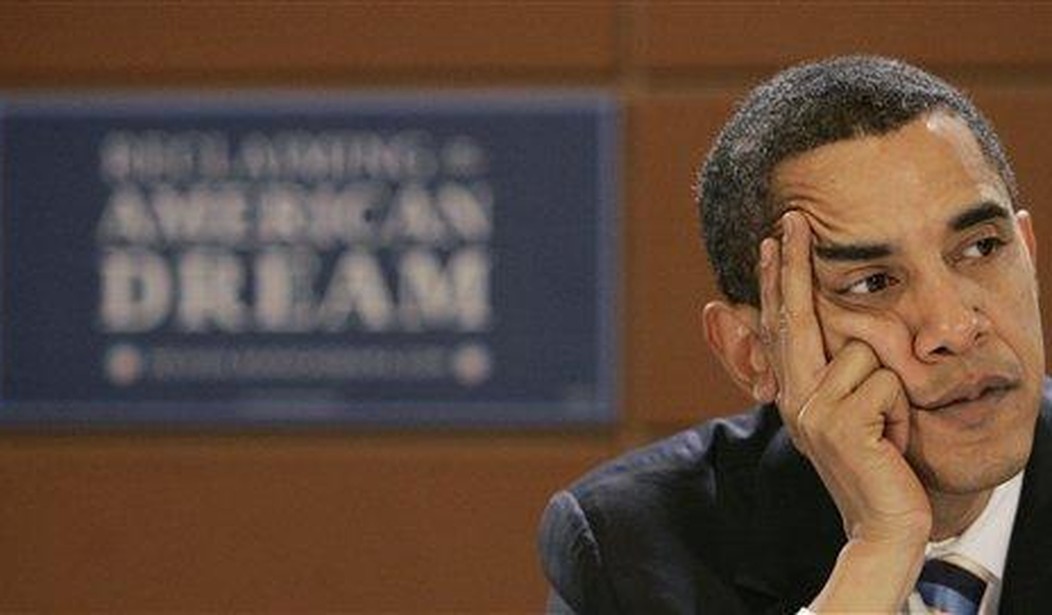



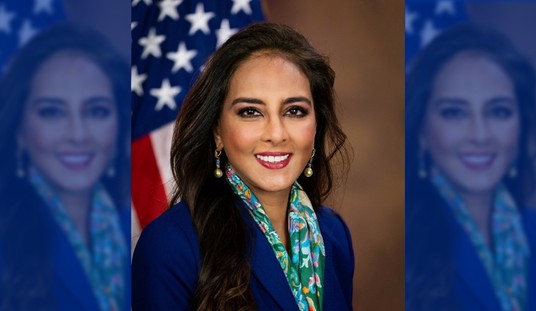




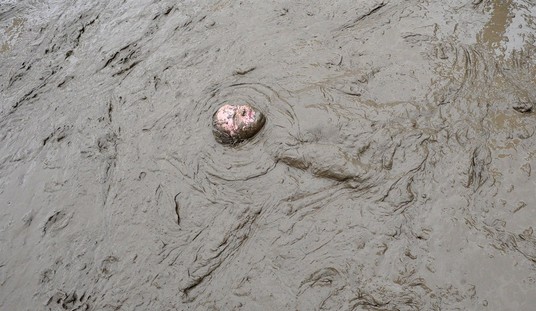

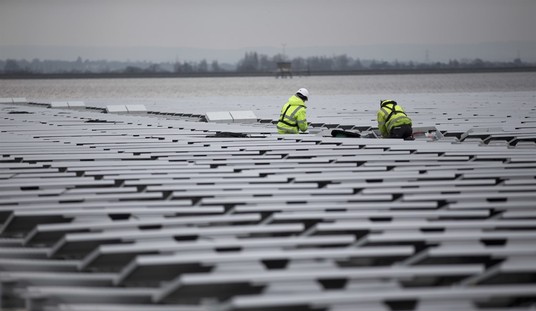
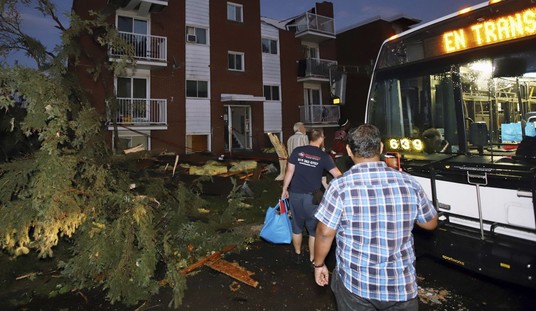

Join the conversation as a VIP Member